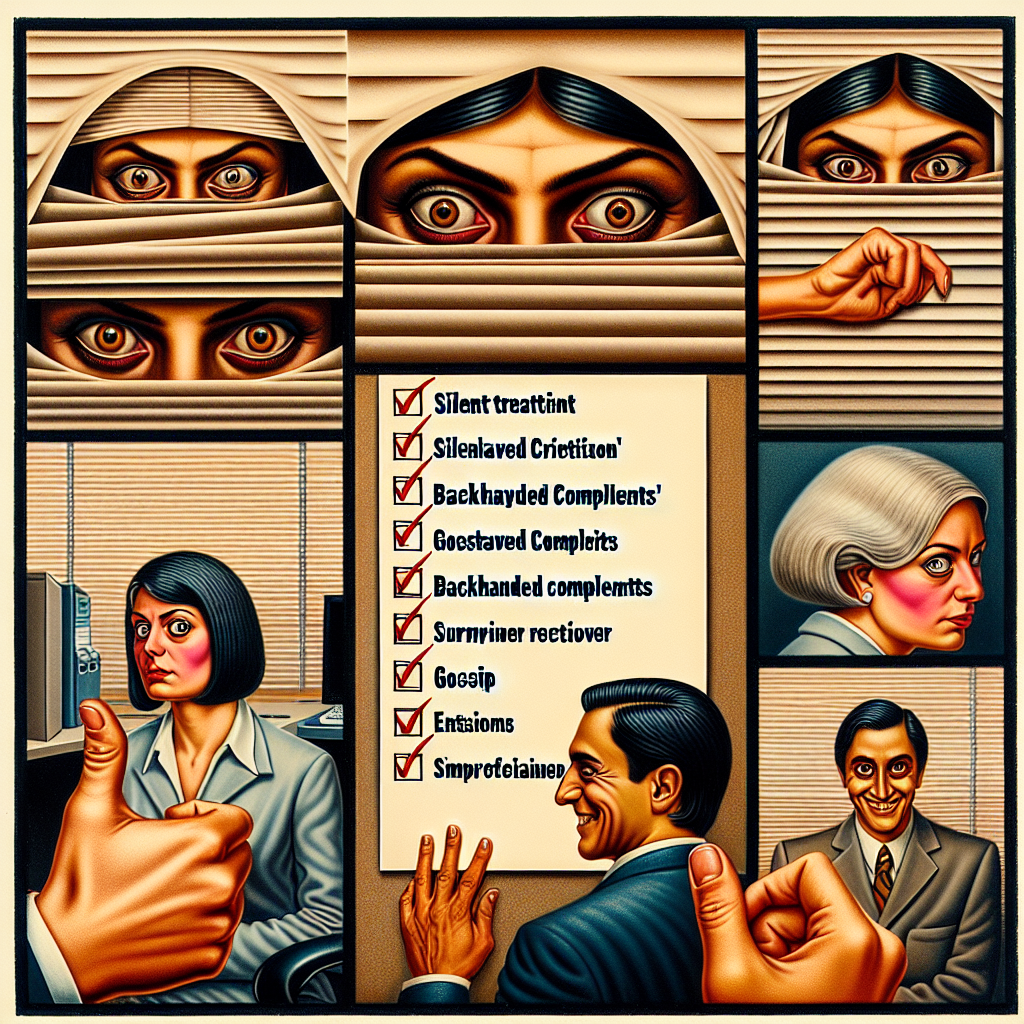The Average Man's Struggle to be Relevant Today
The Average Man's Struggle to be Relevant Today

Introduction
In today's fast-paced, ever-changing world, staying relevant is a challenge that resonates with many. But what does it mean to be relevant, especially for the average man? In this article, we'll delve into the complexities of this struggle and explore what it takes for the average man to find his footing in the modern era.
The Concept of "Relevance"
Relevance is a slippery concept. It encompasses social acceptance, professional success, and personal fulfillment. Essentially, to be relevant means to matter, to make a difference, and to be recognized for one's contributions.
The Average Man: Who is He?
The average man is an amalgamation of diverse experiences and backgrounds. Yet, he often grapples with similar societal pressures and expectations. Understanding these nuances is crucial for addressing his struggle.
Historical Context
From Hunter-Gatherers to Modern Day
Historically, men's roles have evolved significantly. From being primary hunters to becoming modern-day professionals, their responsibilities have transformed, but the burden of proving their worth has persisted.
The Evolution of Social Roles
Men were once the undisputed breadwinners. Today, the dynamics have shifted, and shared responsibilities are more common, adding layers to the concept of relevance.
Modern Metrics of Relevance
Social Media and Online Presence
In the digital age, an online presence is often equated with relevance. Social media platforms like Instagram and LinkedIn have become arenas where men showcase their lives and achievements.
Career Success and Financial Stability
Career success remains a critical yardstick. Financial stability is often seen as a direct measure of a man's worth, affecting his social standing and self-esteem.
Physical Appearance and Health
Health and appearance are increasingly emphasized. The pressure to maintain a certain physique can be overwhelming, tying into broader societal beauty standards.
Social Media and Online Presence
The Pressure to Be Online
Being offline can sometimes feel like being invisible. The constant pressure to post updates and engage with followers can be taxing, yet it's considered necessary for staying relevant.
Curating a Perfect Life
Social media encourages the portrayal of an ideal life. This curated perfection can create unrealistic standards, making the average man feel inadequate.
The Impact of Likes and Followers
The quest for likes and followers can become an obsession. Social validation through these metrics often dictates a man's sense of relevance.
Career Success and Financial Stability
The Definition of Success Today
Success is no longer just about climbing the corporate ladder. It's also about personal satisfaction, work-life balance, and the pursuit of passion projects.
Work-Life Balance
Finding the right balance is a Herculean task. The struggle to juggle professional duties and personal life often leads to burnout and stress.
The Gig Economy and Job Insecurity
The gig economy offers flexibility but lacks stability. Job insecurity is a growing concern, making financial planning and long-term relevance challenging.
Physical Appearance and Health
The Beauty Standard for Men
Society's expectations regarding male beauty have evolved. From maintaining a chiseled physique to adopting skincare routines, the pressure is real.
Fitness Trends
Fitness isn't just about health; it's a status symbol. Following the latest trends can be both a social and personal requirement.
Mental Health Awareness
Mental health is finally gaining recognition. However, stigma still exists, and many men struggle to speak openly about their mental well-being.
Interpersonal Relationships
Romantic Relationships
Maintaining romantic relationships in a time-constrained world is tough. The pressure to be the ideal partner can be overwhelming.
Friendships
Building and maintaining friendships requires effort. The societal shift towards individualism often hampers genuine connections.
Family Expectations
Family expectations remain a significant source of stress. Balancing these demands with personal aspirations is a tightrope walk.
The Role of Media and Entertainment
Male Stereotypes in Movies and TV
Media perpetuates certain stereotypes that can be restrictive. Breaking free from these roles is challenging yet necessary for true relevance.
Influence of Celebrity Culture
Celebrities set trends that many aspire to follow. However, these often unrealistic benchmarks can skew perceptions of success and relevance.
Education and Skill Acquisition
Importance of Continuous Learning
In a rapidly changing world, continuous learning is key to staying relevant. Acquiring new skills ensures adaptability and competitiveness.
Adapting to Technological Advances
Technology evolves quickly. Keeping up is not just an option but a necessity to remain professionally and socially relevant.
Cultural Expectations
Traditional Masculinity vs. Modern Roles
Traditional masculine ideals are being questioned. Modern roles are more fluid, allowing for a broader spectrum of expressions and responsibilities.
Gender Norms and Fluidity
Gender norms are evolving. This fluidity offers more freedom but also creates confusion among those accustomed to rigid structures.
Personal Fulfillment and Happiness
Defining Personal Goals
Personal relevance is closely tied to goals and aspirations. Knowing what one wants and pursuing it is essential for fulfillment.
The Pursuit of Hobbies and Interests
Engaging in hobbies provides a sense of achievement and joy. This personal engagement contributes to an overall sense of relevance.
The Impact of Technology
Constant Connectivity
Being constantly connected has its pros and cons. While it opens up opportunities, it also creates distractions and stress.
The Double-Edged Sword of Convenience
Technology makes life easier but can also lead to complacency. Striking a balance is crucial for long-term relevance.
Societal Expectations
Contributing to Society
Men are often judged by their societal contributions. Volunteering, activism, and community engagement are vital for personal and social relevance.
The Concept of "Being a Man"
What it means to "be a man" is changing. Embracing these changes is essential for staying relevant in today's world.
Strategies for Staying Relevant
Embracing Change
Adaptability is key. Being open to change helps in navigating the complexities of modern relevance.
Building a Support Network
A strong support network provides emotional and practical assistance. It is a cornerstone of staying relevant.
Prioritizing Mental and Physical Health
Health should never be compromised. Prioritizing well-being ensures long-term relevance and fulfillment.
Conclusion
Navigating the landscape of modern relevance is a multifaceted struggle for the average man. However, by embracing change, prioritizing health, and building a strong support network, it's possible to find a sense of relevance that is both satisfying and sustainable.
FAQs
- What defines relevance for the average man today?
- Relevance today is multifaceted, involving social acceptance, professional success, and personal fulfillment.
- How does social media impact a man's sense of relevance?
- Social media can create unrealistic standards and pressures to portray a perfect life, impacting self-esteem and perceived relevance.
- Why is continuous learning important for staying relevant?
- Continuous learning ensures adaptability and competitiveness in a rapidly changing world.
- What role do physical appearance and health play in modern relevance?
- Physical appearance and health are increasingly emphasized, with societal beauty standards putting additional pressure on men.
- How can men build a strong support network?
- Building a support network involves nurturing relationships with family, friends, and communities, providing both emotional and practical assistance.

